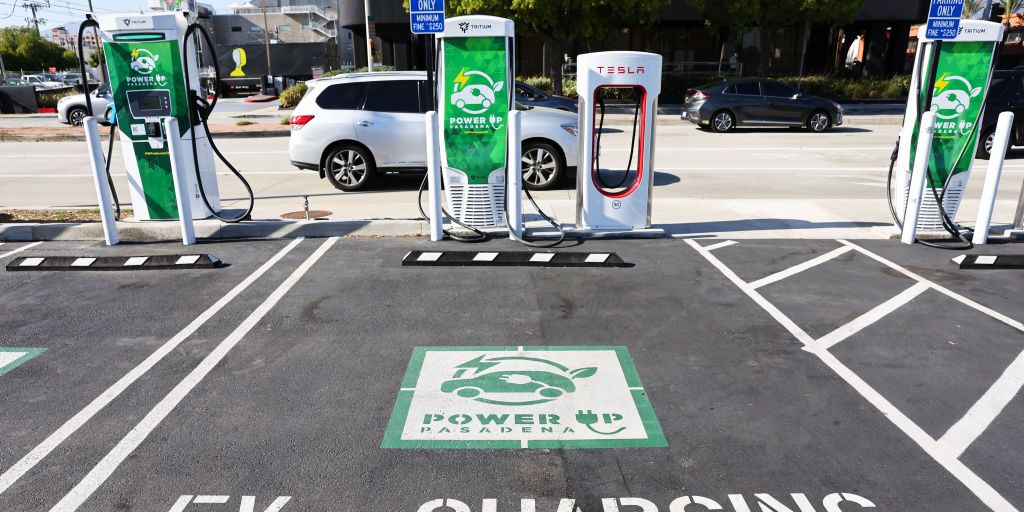Battery Swapping? Fire Risks? and Other Burning EV Questions

From the September 2022 issue of Car and Driver.
What happened to inductive charging and quick battery swaps?
EVs can benefit from the type of inductive charging that keeps your phone topped off at home, but the rollout of the tech has been slow. The aftermarket will eventually offer retrofit solutions for specific applications. But before OEMs offer inductive charging as a factory option, the tech needs to show that it is future-proof. Consumers already balk at the price of home-charging equipment, so the early adopters are likely to be in the private and government sectors. A big logistics company, such as Amazon, could benefit from having workers park on wireless pads instead of relying on them to plug in at night. Michigan has announced plans, in conjunction with ElectReon, to build the first electrified road, where a car will be able to replenish its battery inductively as it drives. Tesla made some noise about battery swapping about a decade ago, but it’s actually happening in China and Norway. While the process is viable, the logistics and business model remain unsettled. A startup such as VinFast may pave the way since the brand promises to sell the car and lease the battery.
What are firefighters’ concerns when taming an EV fire?
Lithium-ion-battery fires are difficult to extinguish because as the battery burns, it continues to feed the fire. Firefighters we spoke with are very concerned about responding to battery fires because they can’t treat them the same as most. Dry chemicals and fire blankets can help contain an EV fire, but if firefighters lack those tools, the strategy is a simple one: Wait for it to burn out and keep it from spreading. Once the smoldering pile of metal cools, extra precautions must be made because even a slight jostle can restart the flames.
Where does the lithium come from, and how much is actually in a battery?
Australia is the world’s largest producer of lithium carbonate, the stable salt that is refined into the highly reactive lithium metal used in batteries. China is second in production, although South America has the largest reserves. Battery makers won’t say how much lithium is in a cell because that’s considered proprietary, but an accepted estimate is about 160 grams of lithium metal per kilowatt-hour. But to get that 160 grams, about 850 grams of lithium carbonate must be mined. So, to produce the 212.7-kWh battery in the Hummer, about 400 pounds of raw lithium carbonate must be mined from the earth.
What will apartment dwellers do?
If the building doesn’t have EV hookups, apartment dwellers should probably stick with their fossil-fuel-powered vehicles. Unless the EV is driven sparingly, running an extension cord shuttling 120 volts won’t recharge the battery enough to be practical. And if a battery is subjected to a lot of DC charges, it will suffer early-onset degradation. Even if a government mandates that new-car purchases must be electrified, landlords aren’t currently obligated to provide a charging solution. Apartment dwellers dealing with such a dilemma may have to purchase a plug-in hybrid to comply, but without a place to charge, they’d never enjoy the full efficiency benefit of electrification.




